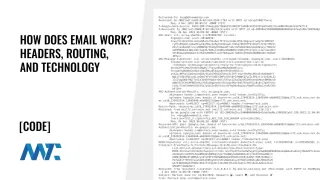Base64
Base64 is the Acronym for Base 64 Encoding
Base64 is not an acronym. It is a naming convention that describes both the encoding method and the character set size it uses.
- The term Base refers to the number system or radix. Just like binary is base-2 and hexadecimal is base-16, Base64 is base-64.
- The 64 indicates that the encoding uses 64 unique symbols (A–Z, a–z, 0–9, plus + and / by default).
Base64 is an encoding scheme that converts binary data into a textual representation using 64 ASCII characters. The character set includes uppercase letters, lowercase letters, numbers, and two additional symbols (commonly + and /). Because binary data often contains non-printable or special characters, Base64 ensures that such data can be safely transmitted or stored in systems that expect text-only formats.
One of the most common uses of Base64 is embedding binary content, such as images, files, or cryptographic keys, into text-based protocols like email (MIME), JSON, XML, or HTML. For example, email attachments are encoded in Base64 to ensure they are not corrupted when sent through systems that handle text differently. Similarly, web developers can embed Base64-encoded images directly in CSS or HTML to reduce the number of HTTP requests.
Although convenient, Base64 encoding increases data size by roughly 33 percent compared to the original binary. This makes it less efficient for large files or bandwidth-sensitive applications. Nonetheless, its simplicity, interoperability, and wide support make it a crucial tool in digital communication, cryptography, and data serialization.



